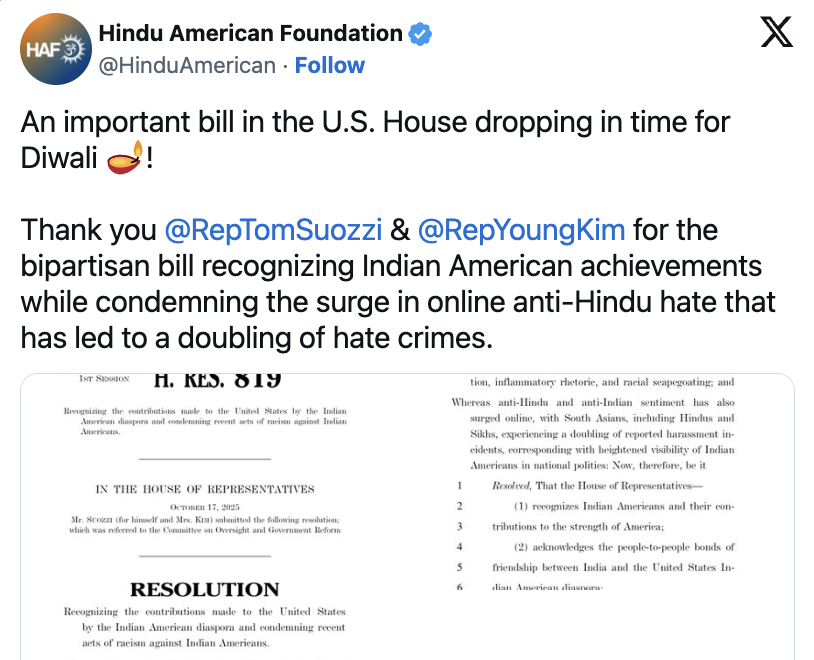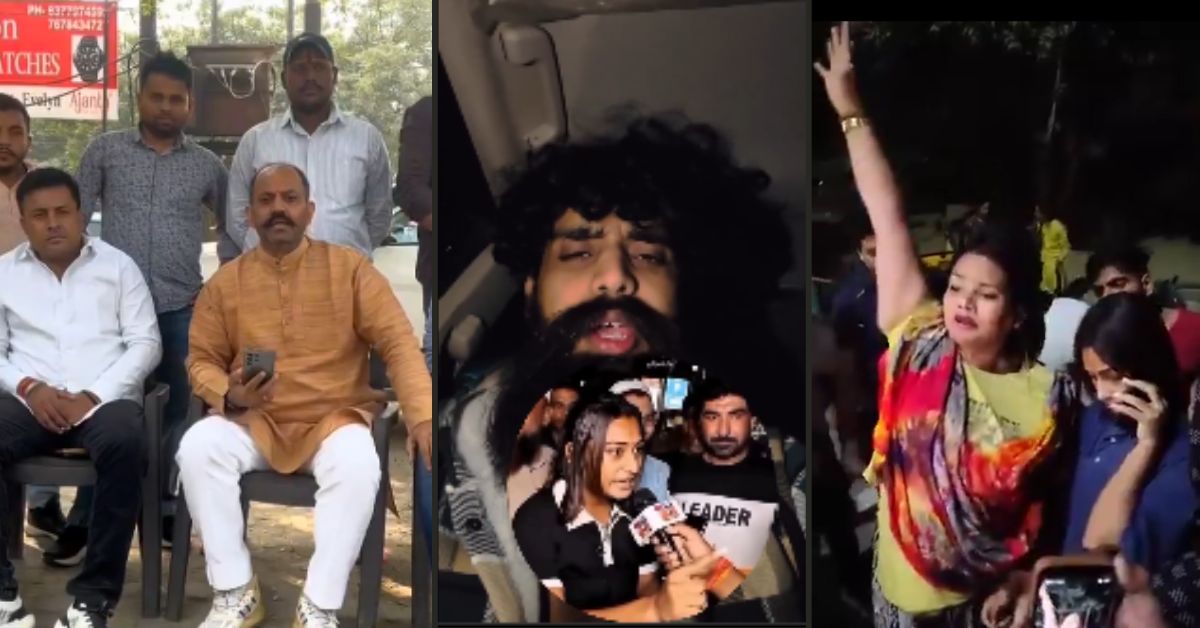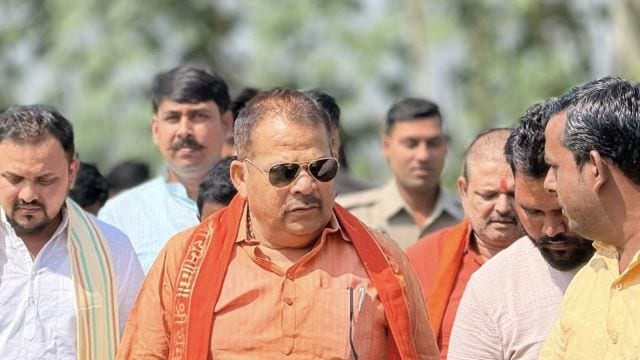
By HARTOSH SINGH BAL
EVERY CULT OR ORGANISATION typically carries forward the legacy of its founder, and it is rare for those who build upon that legacy to exercise the same influence—let alone exceed it. But the Rashtriya Swayamsevak Sangh, or RSS, has never been a typical organisation, and, in this regard too, it stands out. It was founded in 1925 by Dr Keshav Baliram Hedgewar, but it bears the far more emphatic stamp of his successor, Madhav Sadashiv Golwalkar. While Hedgewar is referred to as Doctorji within the RSS, Golwalkar is known as Guruji.
Golwalkar took over as the RSS’s sarsanghchalak, or chief, after Hedgewar’s death, in 1940, and held the post till his own death, in 1973. When he assumed charge, the RSS—also known as the Sangh—was still establishing itself, and did not have a major presence outside Maharashtra’s Vidarbha region. Under him, the organisation passed through great turbulence: it played an incendiary role in the Partition violence, and was banned after the assassination of Mohandas Gandhi. But under Golwalkar’s leadership, the RSS also set down its written constitution and began to expand beyond its shakhas, or local branches, and into front organisations such as the Jan Sangh in politics, the Akhil Bharatiya Vidyarthi Parishad among students, the Vishva Hindu Parishad in religion, and the Bharatiya Mazdoor Sangh among industrial workers.
By the time Golwalkar died, the RSS had extended across the entire country, and its network of allied organisations—the Sangh Parivar—had penetrated almost every aspect of Indian society. His ideological influence did not end with his death: Bunch of Thoughts, a text that distils the vast spread of Golwalkar’s writings and speeches, remains the Sangh’s bible to date.






